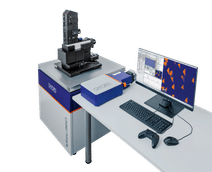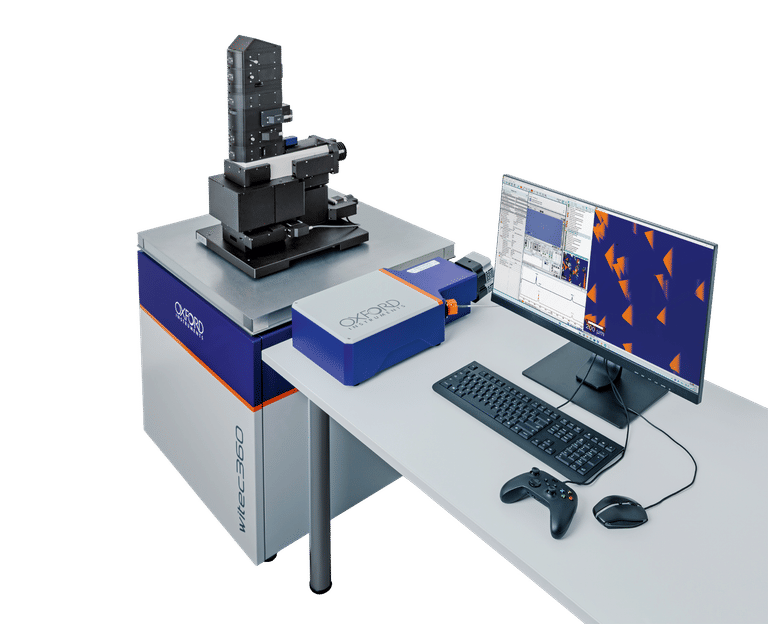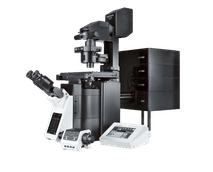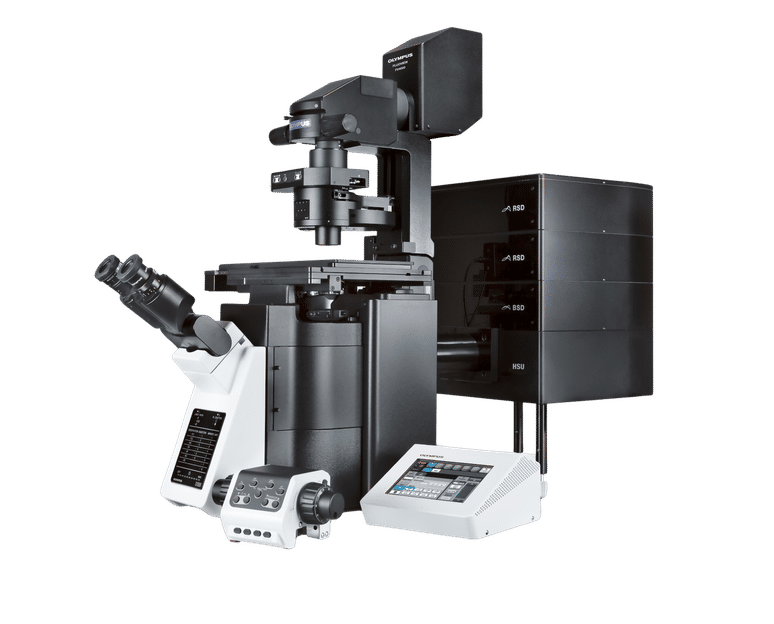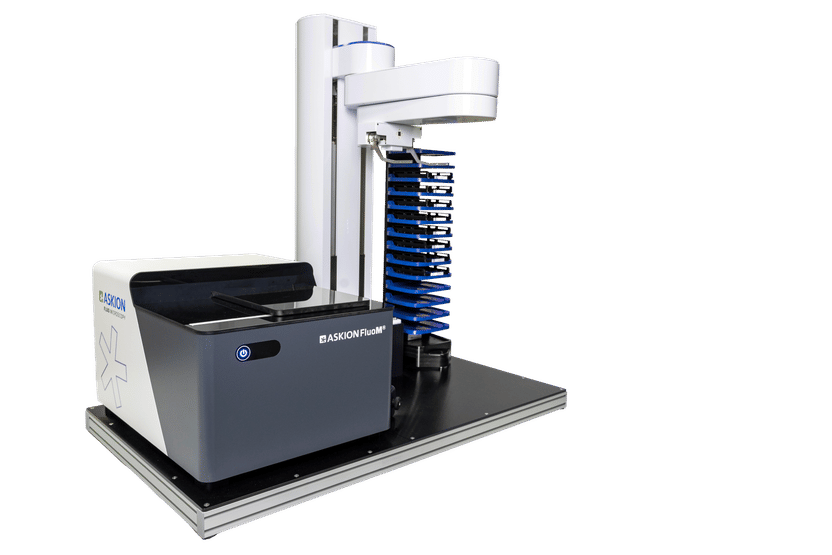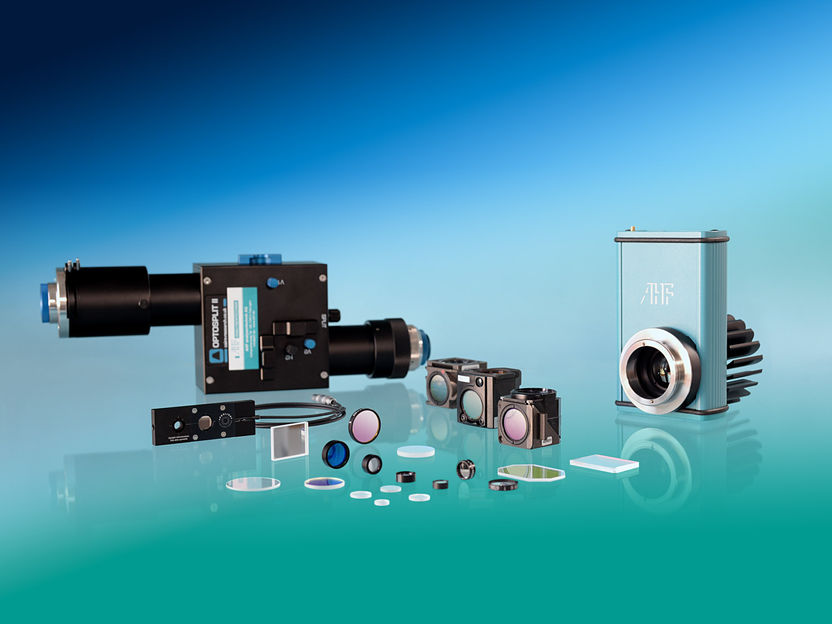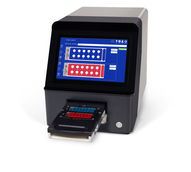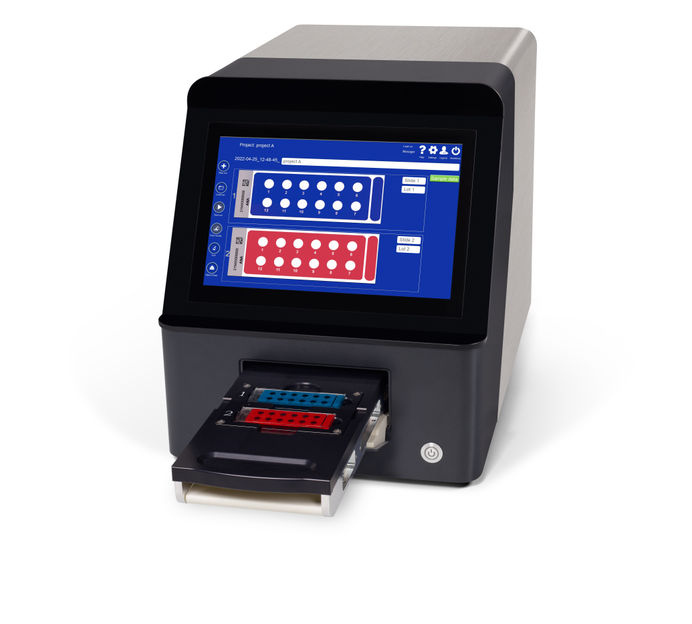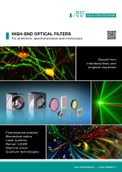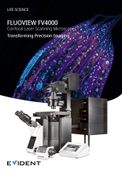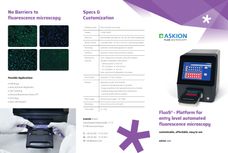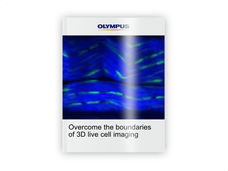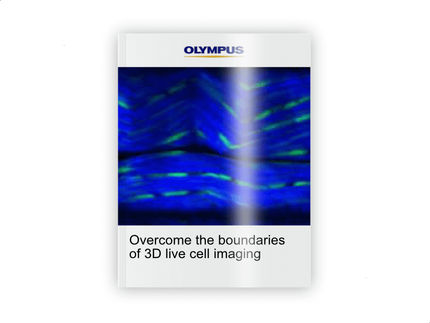Topic world Fluorescence microscopy
Fluorescence microscopy has revolutionized life sciences, biotechnology and pharmaceuticals. With its ability to visualize specific molecules and structures in cells and tissues through fluorescent markers, it offers unique insights at the molecular and cellular level. With its high sensitivity and resolution, fluorescence microscopy facilitates the understanding of complex biological processes and drives innovation in therapy and diagnostics.
Fluorescence microscopy products and catalogs
Fluorescence microscopy products
Fluorescence microscopy brochures
Fluorescence microscopy expert knowledge
Fluorescence microscopy white papers
Fluorescence microscopy videos
Fluorescence microscopy explained
Fluorescence interference contrast microscopy
Fluorescence interference contrast microscopy Fluorescence interference contrast (FLIC) microscopy is a microscopic technique developed to achieve z-resolution on the nanometer scale. FLIC occurs whenever fluorescent objects are in the vicinity of a reflecting surface (e.g. Si wafer). The result ...
View articleFluorescence microscope
Fluorescence microscope A fluorescence microscope is a light microscope used to study properties of organic or inorganic substances using the phenomena of fluorescence and phosphorescence instead of, or in addition to, reflection and absorption . In most cases, a component of interest in ...
View articleMultiphoton fluorescence microscope
Multiphoton fluorescence microscope A multiphoton fluorescence microscope uses pulsed long wavelength laser light to excite fluorophore s within a specimen. The fluorophore absorbs the energy from two long-wavelength photons that must arrive simultaneously in order to excite an electron into a hi ...
View articleTotal internal reflection fluorescence microscope
Total internal reflection fluorescence microscope A total internal reflection fluorescence microscope (TIRFM) is a type of microscope with which a thin region of a specimen, usually less than 200 nm , can be observed . Background In cell and molecular biology , a large number of molecular ...
View article© 1997-2026 LUMITOS AG, All rights reserved



